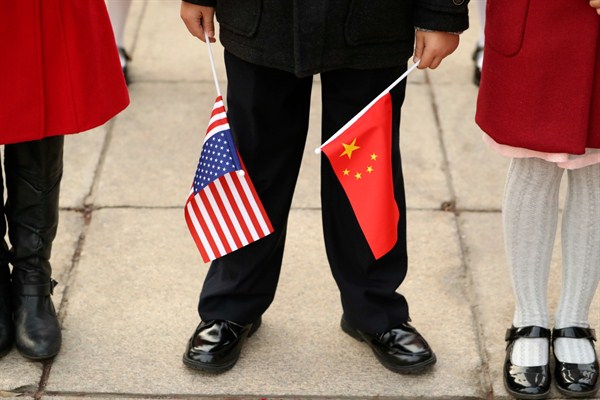Employing an adversarial tone that surprised many observers, the White House’s newly unveiled National Security Strategy described China as a “revisionist power” that “actively competes” against the United States and its allies and partners. It accused China of trying to “shift the regional balance in its favor” and “displace the United States in the Indo-Pacific region.” The strategy, the first released by President Donald Trump since taking office, also declared that China seeks to shape a world “antithetical” to U.S. values and interests, and painted China’s expanding economic and diplomatic influence in a decidedly negative light, deploying terms like “extractive” behavior and “unfair trade practices.”
Chinese media predictably expressed outrage at the strategy yet ironically mirrored the antagonistic language. A commentary in the Global Times, a populist tabloid owned by the Chinese Communist Party, or CCP, denounced the United States for “recklessness” and for being the “biggest saboteur of international rules and challenger of free trade.”
The parallels go further than recriminatory accusations, however. Earlier this year, China published its first-ever white paper on “China’s Policies on Asia-Pacific Security Cooperation,” in which it signaled its intention to establish itself as the dominant power in Asia and dislodge U.S. influence. And in the 19th Party Congress report, the Chinese Communist Party’s most authoritative strategy document, China articulated for the first time an ambition to contend for global leadership. It stated that by mid-century, China seeks to have “become a global leader in terms of composite national strength and international influence.”

